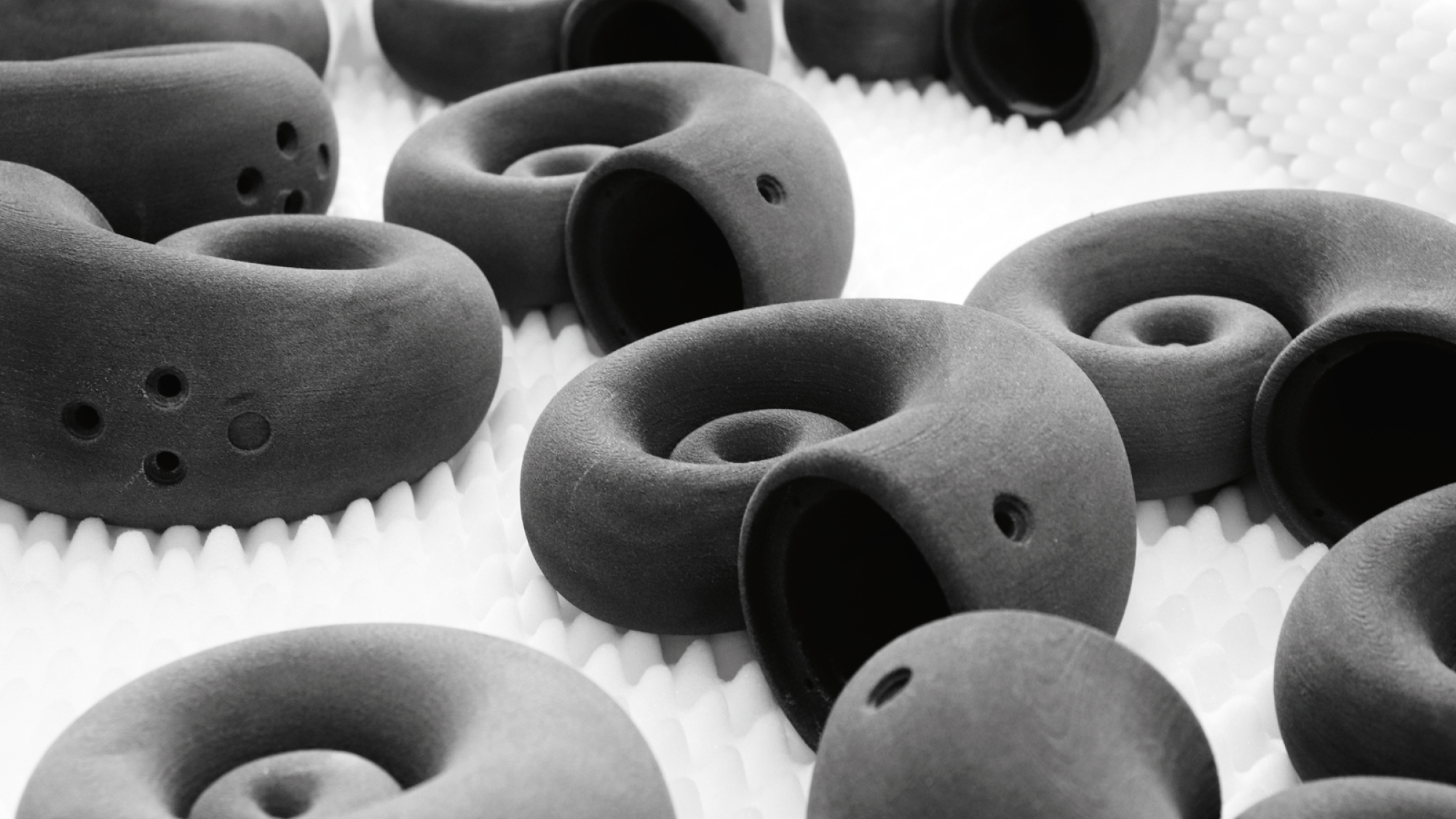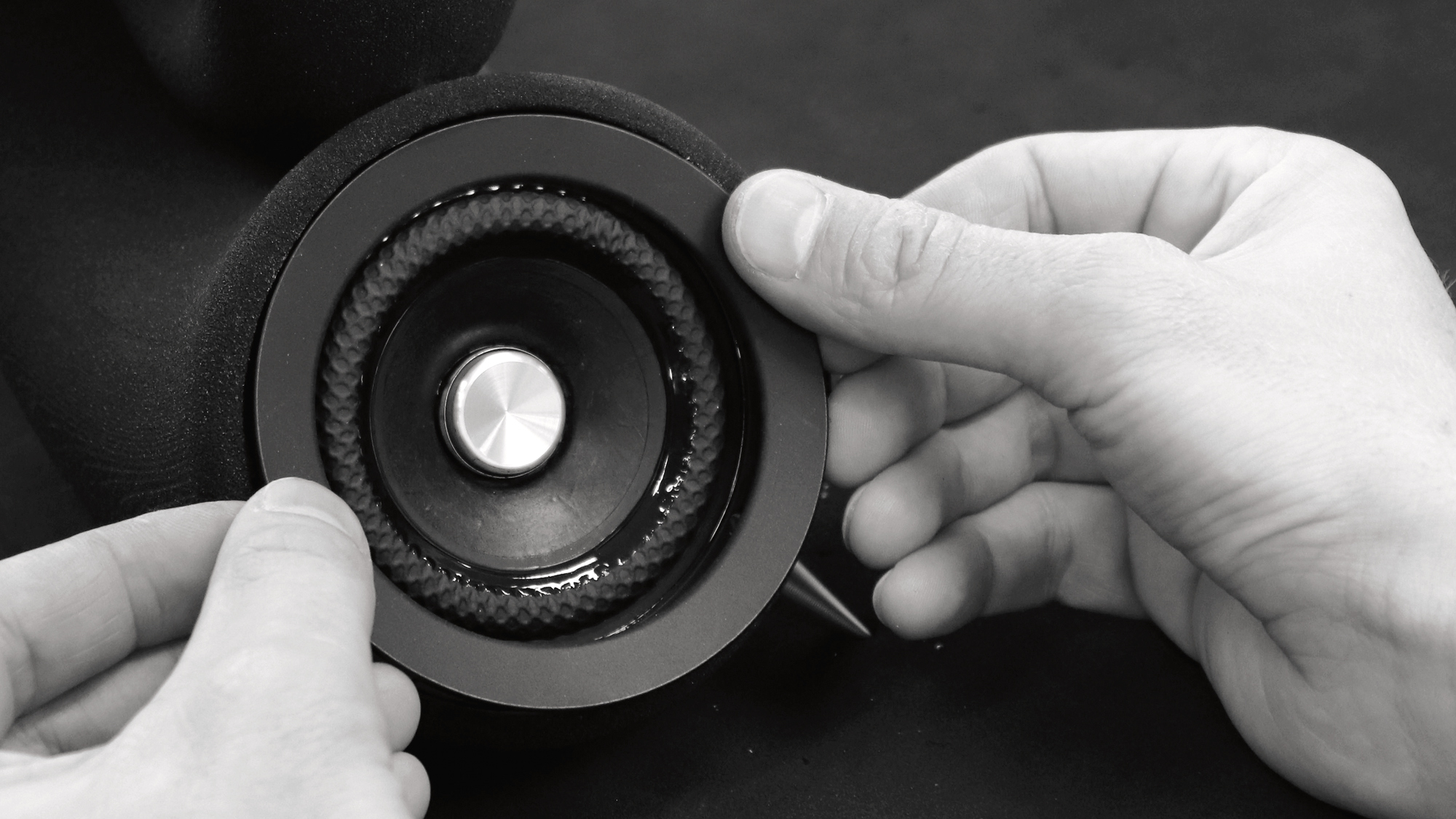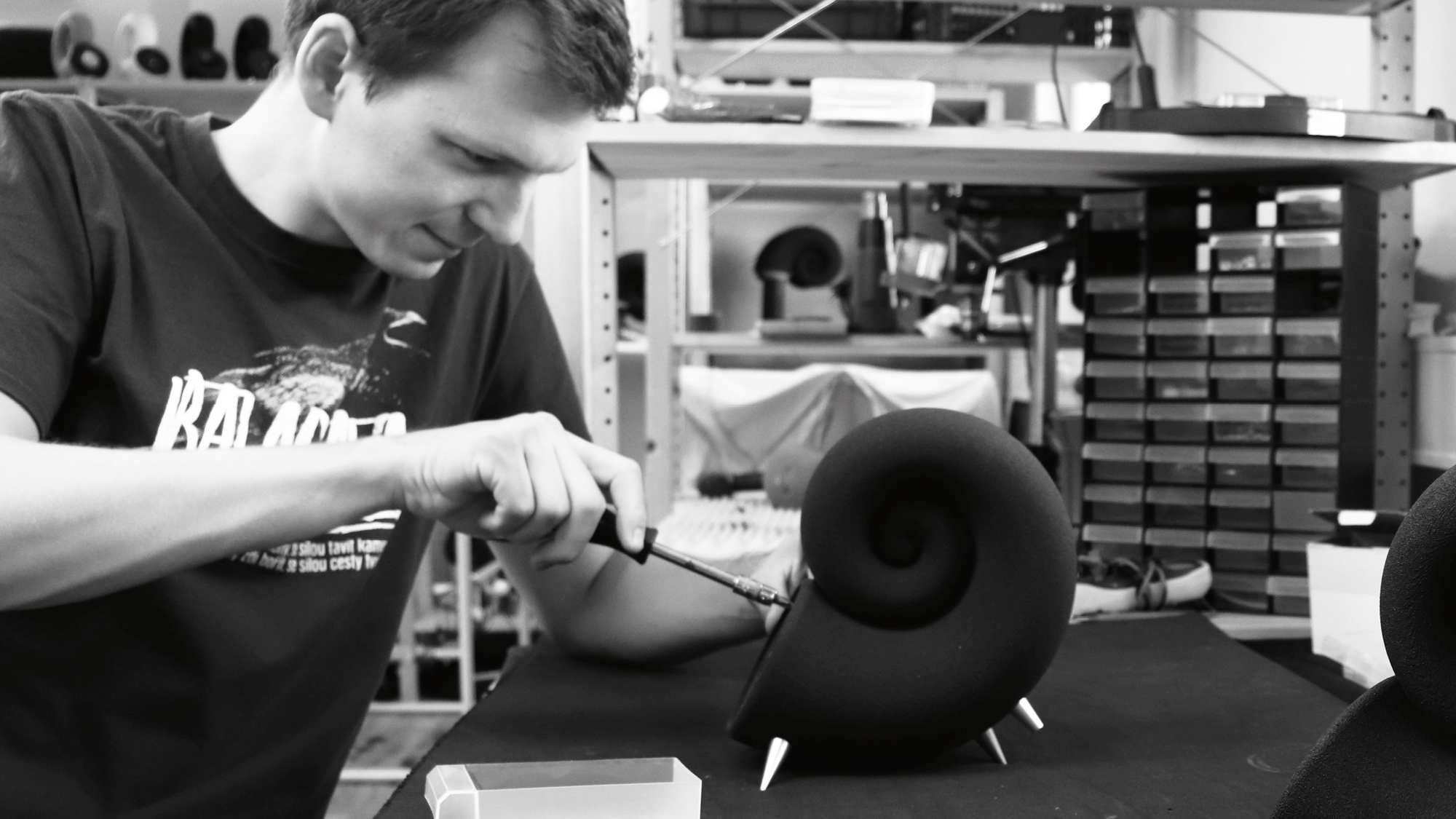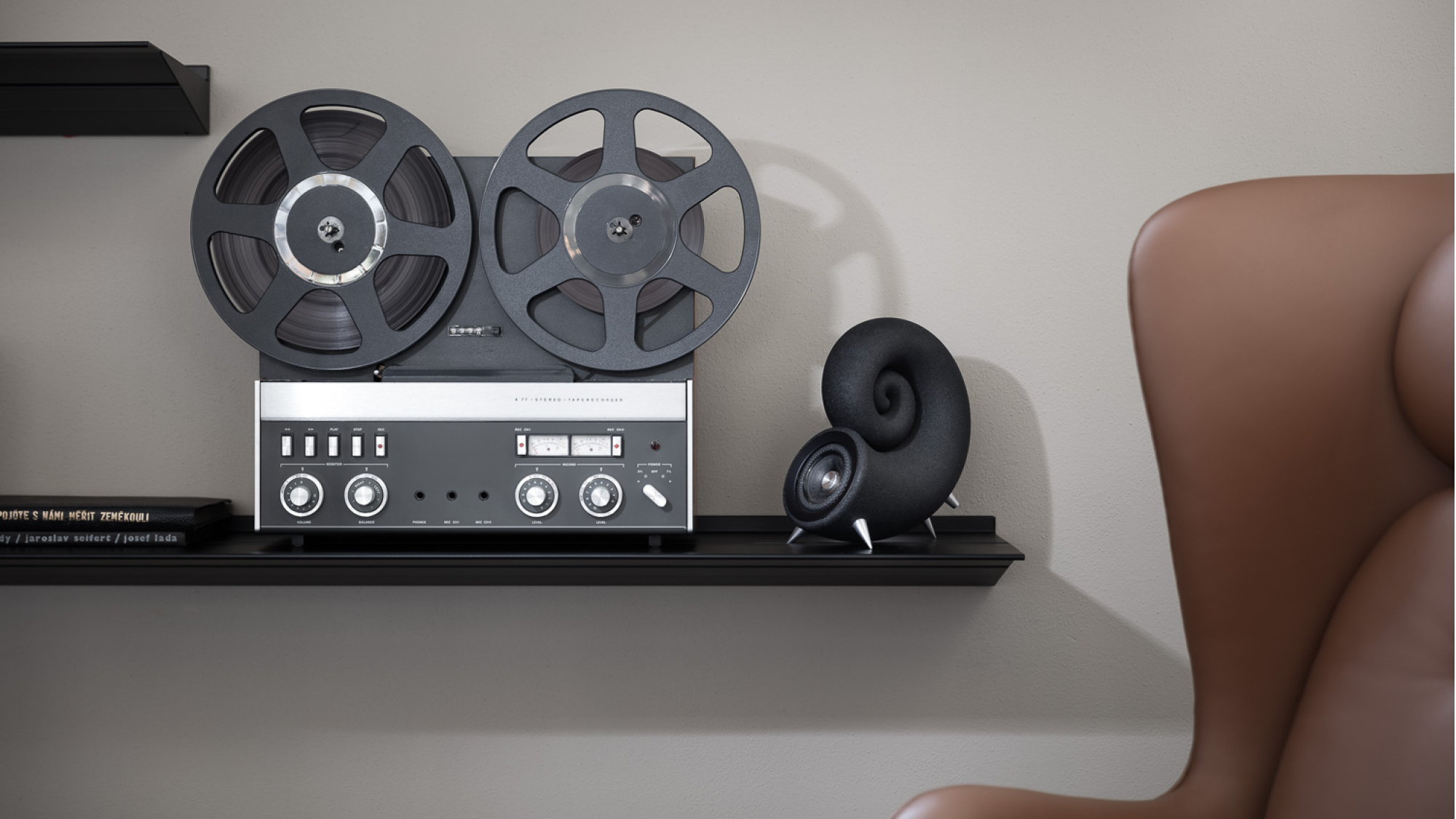Turning Sand into Sound: 3D Printed Speakers
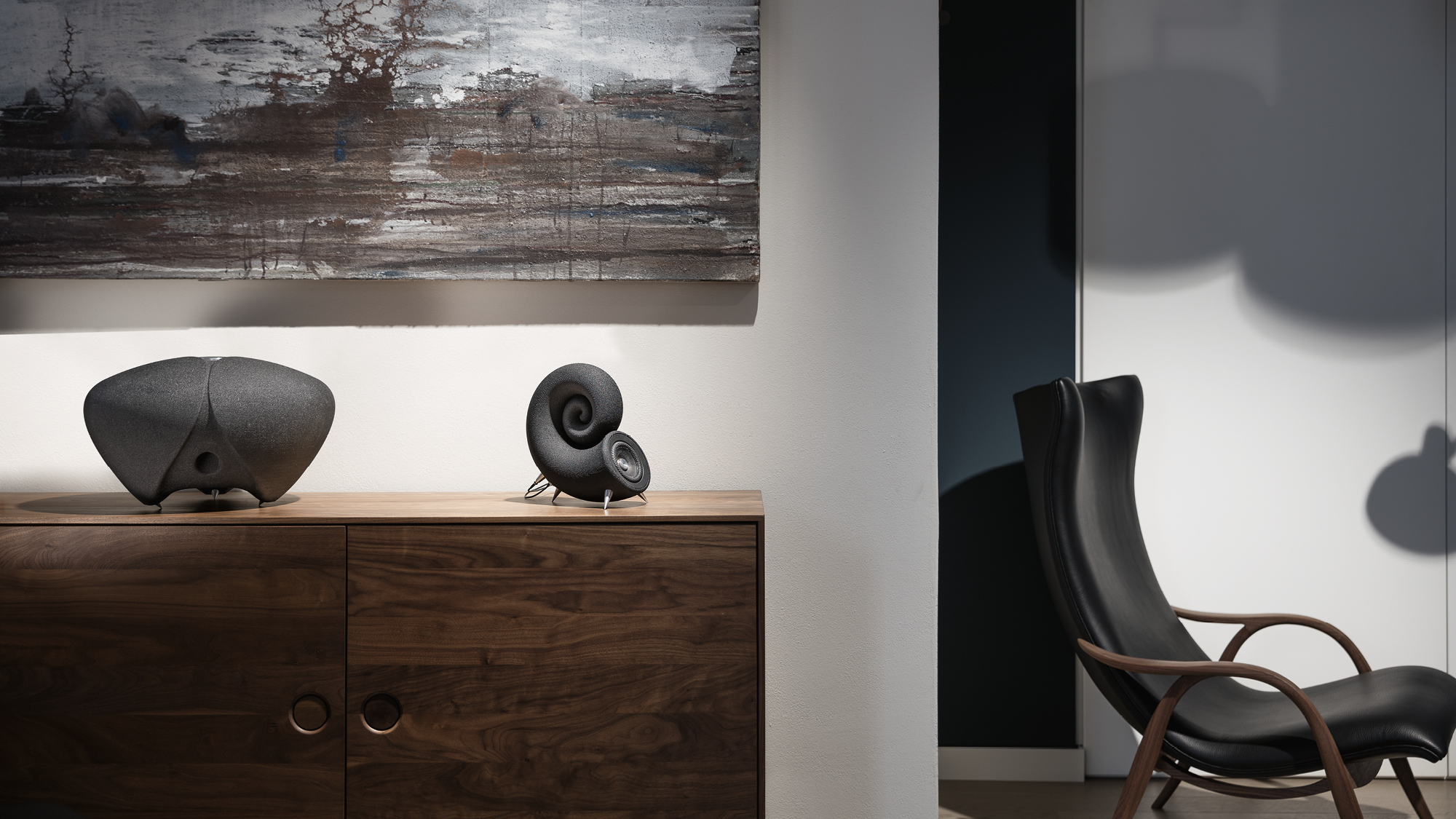
Turning Sand into Sound: 3D Printed Speakers
How a small startup in Czechia is challenging the giants of the audio industry with the help of 3D printing
Read the Complete Story
Learn How a two-year study conducted at the Brno University of Technology verified the acoustic properties of the finished object; the sand structure manufactured on ExOne 3D printers is 86% more rigid than MDF.
DOWNLOAD THE CASE STUDY
